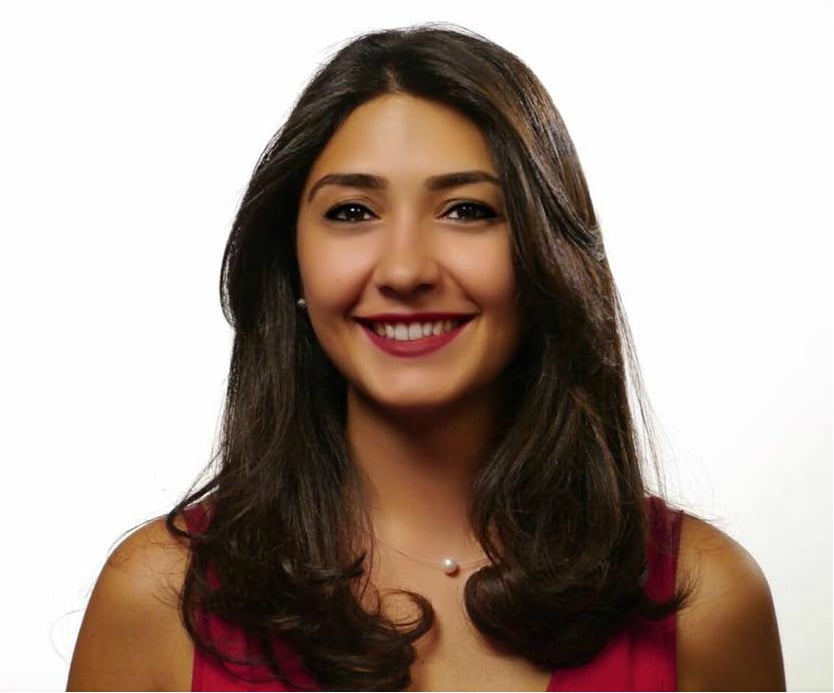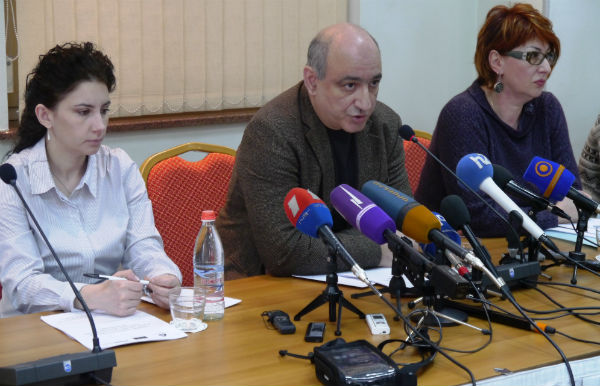The Yerevan Press Club (YPC) recently published a report on the third stage (Jan. 21 – Feb. 16, 2013) of its monitoring of Armenian broadcast media coverage of the presidential elections.
The monitoring, through analyzing quantitative and qualitative data, aimed to define and determine the following:
- Armenian broadcast media’s level of attention to the country’s presidential election
- how free and unbiased broadcast media were in informing voters about presidential candidates and in ensuring their access to airtime to express their views and opinions
- to what extent broadcast media complied with the legislation regulating election campaigning
- to what extent the broadcast media’s election coverage during the pre-election period complied with the Republic of Armenia’s international obligations
The quantitative data includes calculations and measurements of the actual content of broadcast media, whereas the qualitative data represents a comparison of analysis of the qualitative data gathered with an assessment of the situation in the media during the monitoring period, which is based on interviews with representatives of the media, political parties, civil society organizations, and the expert community, as well as an analysis of news stories covering the election campaign, and a study of statements by political party representatives and politicians regarding the media’s performance during the election campaign period.
According to the results of the monitoring, between Jan. 21 and Feb. 16, the candidate referenced the most was Union for National Self-Determination party leader Paruyr Hayrikyan — likely due to the outcome of the Jan. 31 assassination attempt on his life, which saw the presidential candidate debating whether to postpone the election by two weeks or not (which, under Armenian law, he is in his right to do so).
In terms of the amount of airtime allocated to the presidential candidates on the nine broadcast media monitored, the figures for incumbent Serzh Sargsyan, Heritage Party leader Raffi Hovannisian, and Freedom party leader Hrant Bagratyan were quite close.
Negative references to Serzh Sargsyan were seen in Yerkir Media and Kentron TV, while references in the other news outlets monitored were positive — except for on h2 (the Second Armenian TV Channel).
Raffi Hovannisian, Sargsyan’s main challenger, who previously was referenced either in a positive or neutral context, received negative references in the last days of the campaign period, when another presidential candidate, Vardan Sedrakyan accused him of having ties with the Freemasons, who, according to Sedrakyan, were the people behind the Paruyr Hayrikyan assassination attempt.
Sedrakyan garnered all the negative references to him after proposing and pushing that theory. He was the only candidate to whom broadcast media made exclusively negative references.
In the case of Paruyr Hayrikyan and Andrias Ghukasyan, the references were exclusively positive.
Of all the candidates, only Arman Melikyan was covered exclusively in neutral terms.
According to Yerevan Press Club President Boris Navasardyan, there were violations by broadcast media on election day.
“Some of the data suggests that the norms prescribed by law on the Day of Silence [the day before election day when campaigning is prohibited] and during elections weren’t completely adhered to. We have a few instances when a comparison of different candidates’ programs or campaigns were broadcast on air. There are cases where a candidate was promoting himself with a news report, and there were references from foreign media whereby predictions of the election results were happening during the election,” he says.
Anna Barseghyan







